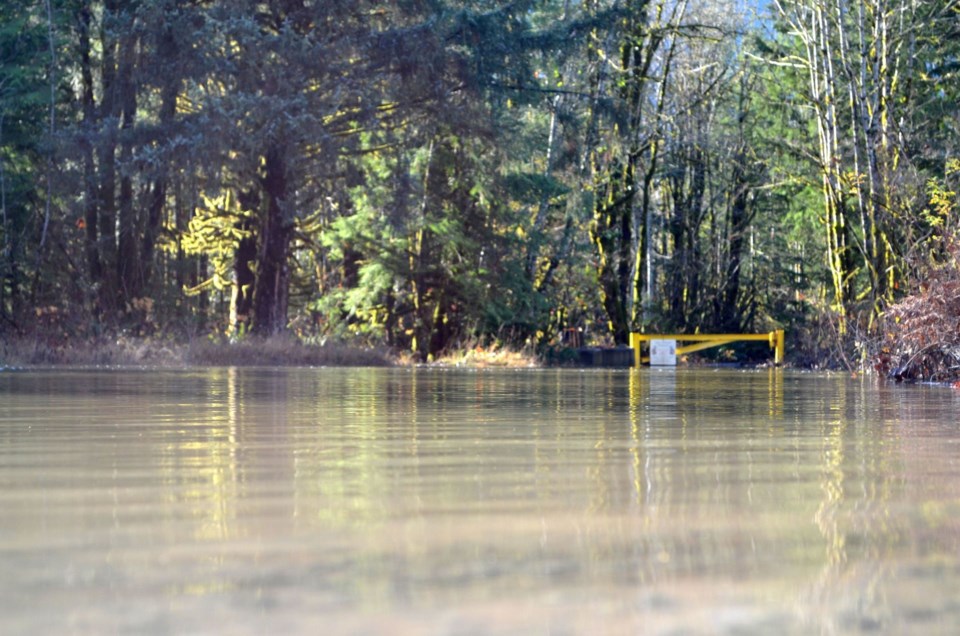The good news is most of us will listen to authorities in times of a natural disaster.
Most of us also understand our region's risks and are fairly prepared should we have to flee.
These are some of the findings of a survey done by the Centre for Natural Hazards Research at SFU, which was conducted online from November 2021 to March 2022 with residents within the Squamish-Lillooet Regional District (SLRD).
The survey was undertaken because the region is prone to various natural hazards — such as wildfire, floods and landslides.
"In response, local governments, NGOs, and academic institutions have implemented programs to mitigate these risks. However, the effectiveness of these programs and their alignment with community needs remain uncertain due to limited research," reads the report.
The survey was designed to fill some of that knowledge gap.
The results are presented in the report .
'Survey says'
The report also shows that while Sea to Sky Corridor residents have a general awareness of the local risks and are reasonably prepared for a natural disaster, there is room for improvement in how governments relay risk and emergency information.
Over half of the participants were dissatisfied with current risk communication approaches and mitigation plans.
The survey also showed that some folks have challenges understanding government-provided emergency maps.
co-authored the report with and .
Pan said what stood out for her from the survey results was how locals are relatively more prepared for disaster than the average citizen, with 50% of respondents saying they had an emergency kit at home, compared with the B.C. average of 37%.
However, only 13% had a grab-and-go bag at work as well as home.
"A lot of people don't know they should have one in their workplace," Pan said.
As noted, respondents did show a very strong willingness to comply with orders from the powers that be in the case of emergency.
More than 90% would get prepared immediately if an evacuation alert were issued and 79% would evacuate immediately if placed under an Evacuation Order.
Furthermore, while over half of respondents said they were not happy with current risk mitigation plans, about 33% of respondents said they were confident or very confident in the government's ability to make good decisions during an emergency.
"The confidence dropped slightly when talking about the ability to communicate risk, and participants were especially unsatisfied with how the consequences of hazardous events were communicated," reads the report.
said there would need to be follow-up interviews with some survey respondents to understand which parts of the communication they were not happy with.
(That information will be published in a future report or paper, Pan said.)
The survey also showed that reading maps issued in an emergency — such as an evacuation map — was an issue.
While 58% of participants said they preferred using an interactive online map, many also said that having access to an online map was an issue.
“Although I like the interactive map, we don’t have enough cell coverage was repeatedly stated by participants," reads the report.
"Since improving the cell coverage is expensive and slow, interactive hazard maps can not replace printed maps in the near future," the report reads, adding improving printed maps may be advisable.
The information will be passed on to local government emergency managers.
Pan acknowledges that there weren't as many respondents to the survey as she would have liked.
In total, 266 people engaged in the survey, with 190 participants (72%) completing it.
Most of the participants were aged 35 to 54.
(At a 95% confidence level, the margin of error for the data is ±7.1%.)
.





